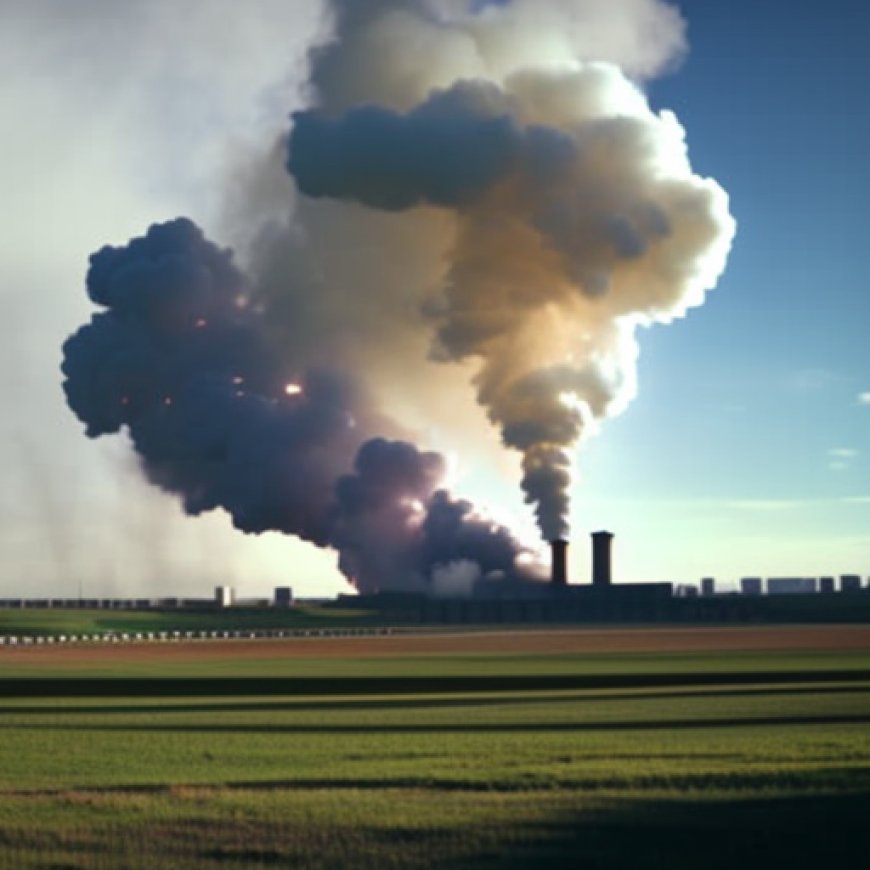Childhood air pollution directly linked to adult lung health, study says


Air Pollution in Childhood Linked to Adult Lung Health, Study Finds

Air pollution breathed in during childhood is one of the factors in adult lung health, according to a new study.
Background
The origins of the study date back to 1992 when researchers began investigating the effects of air pollution on groups of children in California as part of the Sustainable Development Goals (SDGs). Some of these children are now in their 40s.
Methodology
Dr Erika Garcia and colleagues from the University of Southern California decided to see how they were getting on. More than 1,300 people replied and filled in detailed questionnaires on their income, lifestyle (including smoking), homes, and health. This was matched against their childhood health and the local air pollution when they were growing up.
Findings
-
People with higher childhood exposures to particle pollution and nitrogen dioxide had a higher likelihood of bronchitic symptoms as an adult. This relationship was strongest for those who had developed asthma and lung problems as children, indicating a vulnerability that continued into adulthood.
-
A relationship existed between childhood air pollution and adult bronchitic symptoms for people who did not have lung problems as children, suggesting that the damage from air pollution in childhood may only manifest in adult life.
Garcia said: “This was surprising. We thought air pollutant effects on childhood asthma or bronchitic symptoms would be a major pathway by which childhood air pollution exposure affects adult respiratory health.”
Implications
It was important for the study to distinguish between the lasting effects of exposure during childhood and the impacts of air breathed as adults. The researchers therefore looked at each person’s recent air pollution exposure and took this into account in the analysis.
Garcia said: “We wanted to see if childhood exposure was still associated with adult bronchitic symptoms, even after controlling for current exposure, and it was.”
In the UK, separate research suggests the health legacy of the 1952 London smog is still continuing. Researchers studied adults who had experienced the 1952 smog while they were in utero or under one year old. As children, they had a 20% greater chance of asthma and, although on the margins of statistical significance, a 10% greater chance of adult asthma compared with people who did not experience the smog.
Air pollution has changed a lot since the 1950s, and even since the 1990s, but studies in Stockholm and London continue to show that 21st-century air pollution reduces children’s lung growth. This means smaller lungs as adults and a possible lifelong health legacy.
Conclusion
Commenting on the implications of her new research, Garcia said: “This underscores the importance of lowering air pollution exposure for all, including children who are in a period of increased vulnerability to air pollution effects.”
Source: theguardian.com








